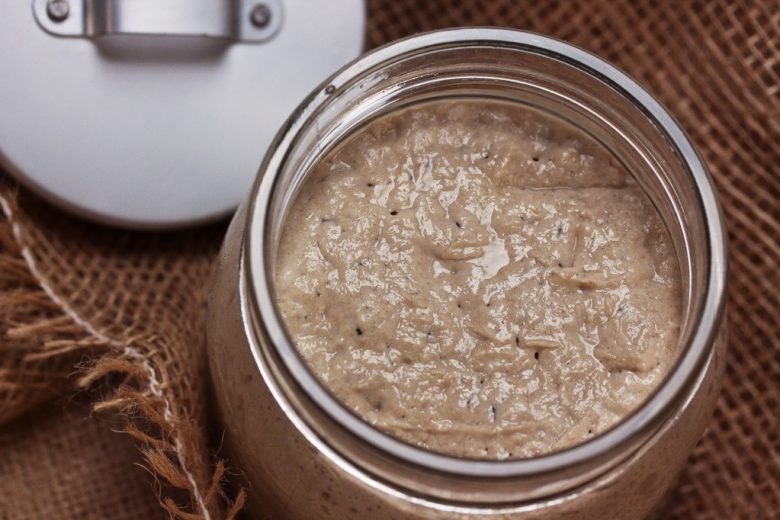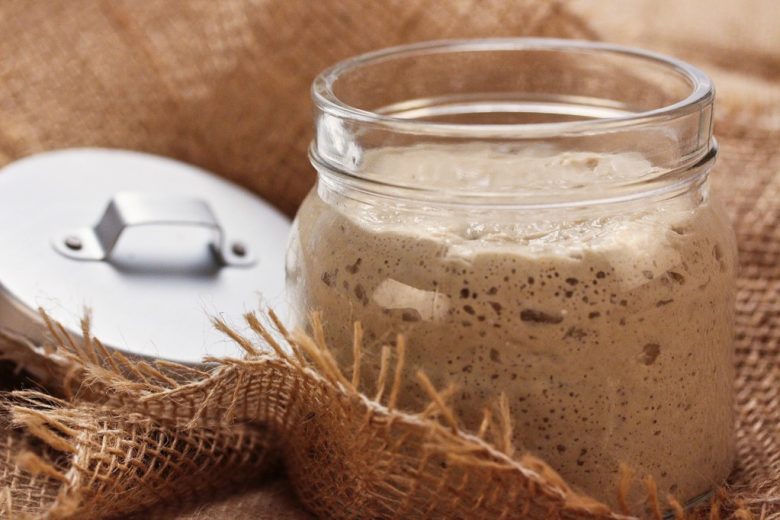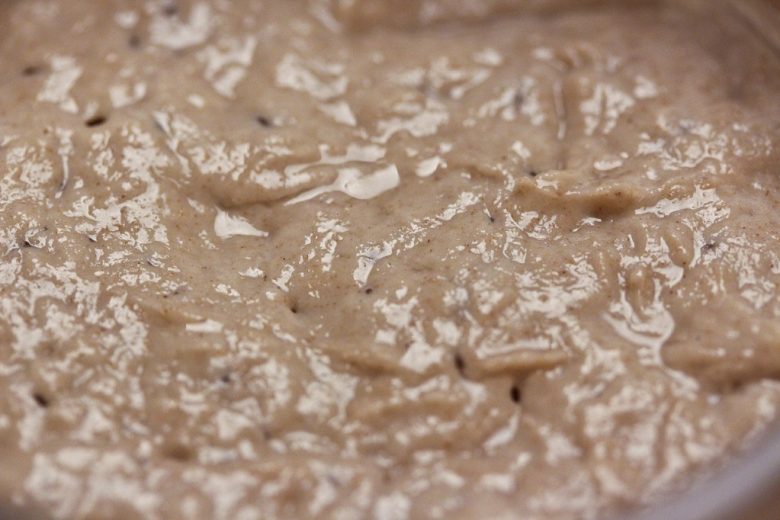Rye Flour Poolish
In addition to the conventional wheat poolish, there is the rye poolish which is an alternative to use in specialty breads. The production process is identical, only the amount of water used is doubled. Baking with this method achieves quality results compared to wheat poolish in the following points:
- The crust is crisp but tender
- The crumb is moist and elastic.
- The taste and aroma are pronounced
Why:
The doubled amount of water helps bind the slimy substances that are present in rye flour. During the baking process the gelatinization of starch begins to take place at 55-70°C while in wheat starch the process begins at 65-85°C. From the higher hydration and the lower gelatinization point, the crumb stays tender for longer.
Production:
Dissolve the yeast in water at 23-25°C:
Since there is no kneading process in the production of poolish, it is important to dissolve the yeast in water so that the rising process is more uniform.
Mixing:
Add flour to the water mixture and stir until lump free.
Selecting a container:
When selecting the container it is important to take note that the poolish has space to develop upwards.
Reason: Increase in temperature, optimal dough development and a stable structure.
Maturity process:
After transferring into a container, the poolish must first develop for 120 minutes at room temperature. Then it can be stored for 48 hours at 2-3°C. The maturity process is complete when there are fine bubbles on the top.






